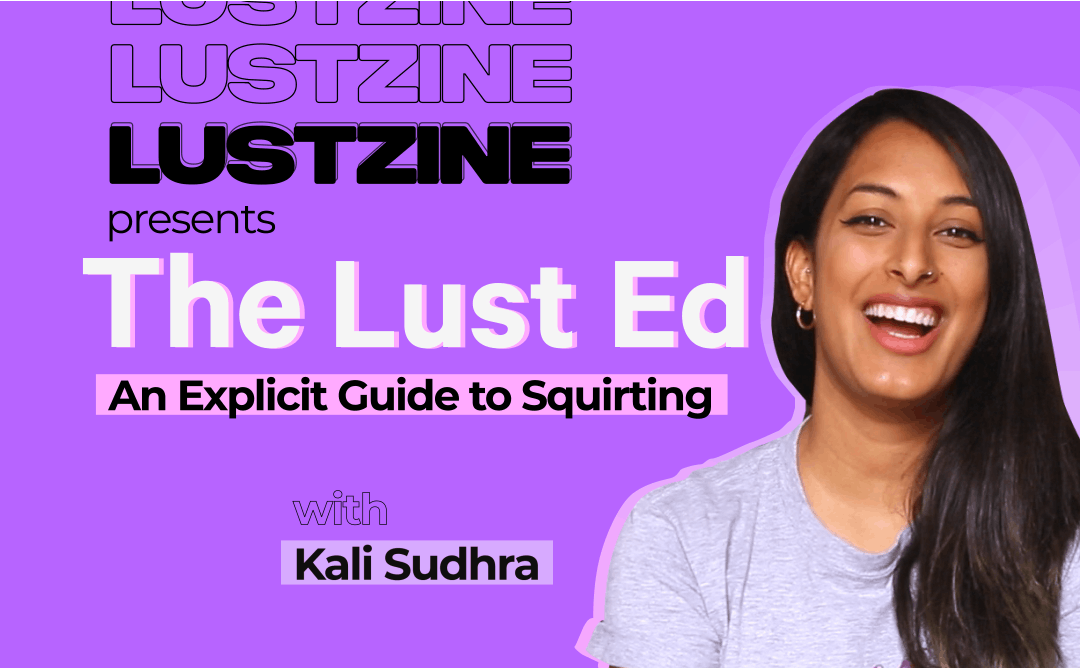Is It Unhygienic to Have Pubes? A Guide to Body Hair
Is It Unhygienic to Have Pubes? A Guide to Body Hair
It’s time to stop beating around the bush about the social stigma of pubic hair for people with vulvas. Although we are currently seeing a shift in cultural attitudes to end the stigma of pubic hair, a 2016 study reported that 84% of women currently remove at least some pubic hair, whereas the a majority of the remainder responded that they had removed pubic hair in the past, leaving only 11% preferring to go natural.
The idea of removal of pubic hair is nothing new - it has been practiced since 3000 BCE beginning with the Egyptians, who developed copper razors and viewed pubic hair on vulva owners as “uncivilized”. Since the hairless trend of the 90s, we truly have come a long way as a society. We are currently seeing a resurgence of normalizing body hair on women - with brands such as Billie and Fur adding to the conversation and challenging the 3.5 billion dollar body hair removal business through their pro-pubic hair campaigns.
Sexualized media and pubes
One look at any of the commonly used porn tube sites and it’s clear that there is a presence of pubeless vulvas in the majority of their films. As consumers, it’s important to remain critical of the messages sexualized media sends us about body hair: Are vulva owners only sexually desirable when hairless? Does the removal of body hair make us appear younger to our sex partners? How does that support the sexualization and fetishization of young people? How do these messages affect the way we present ourselves and our behaviors during sex? It’s important to notice that we become conditioned by the messages it sends us and affects the way we choose to present ourselves - oftentimes more than we even realize and especially when it comes to our body hair.
Ethical pornography taking a stance against the norm of pube-free porn
The arrival of ethical porn is another form of using media to challenge the societal and gender norms of grooming the genital area. We are beginning to see a rising number of vulva owning performers representing body-positive sentiments through their choice of not removing their body hair. Ethical porn is a powerful tool that helps promote this representation of natural presentations, which in turn empowers its consumers to not feel the pressure of fitting into societal norms and overall feeling that can feel sexy - pubeless or not!
If you’re interested in watching some pornography with pubes, check out the body-hair-positive movies Hirsute, The MILF Next Door, Into The Flesh, and many more on Erika Lust!
The idea of removal of pubic hair is nothing new - it has been practiced since 3000 BCE beginning with the Egyptians, who developed copper razors and viewed pubic hair on vulva owners as “uncivilized”.
Does pubic hair have a purpose?
Although not always recognized, pubic hair does actually serve a purpose to our bodies. For starters, it prevents friction that can cause irritation in the pubic area - which is an extremely sensitive area of the body. It helps reduce sweat around the genital area, assists in the regulation of body temperature, and reduces the risk of transmission of infections, including most STIs, UTIs, and yeast infections through providing a slight barrier during skin-to-skin contact.
But is it unhygenic to have pubic hair?
There is nothing unhygienic about having pubic hair. Like other areas of the body that grows hair, pubic hair traps bacterias, oil and sweat secretions. So although they are doing the work in keeping that area absorbent, they might have a bit of a strong odor. Cleanliness of course plays a role here, but if one regularly cleanses their pubic hair and area, there are no negative hygienic effects to be aware of.
What about removing pubic hair?
Apart from cosmetic reasons, there is no real hygienic advantage to removing pubic hair. There is the risk that removing pubic hair can lead to complications, which 60% of women reported to having experienced at least 1 health complication because of the removal. The most commonly reported complications were abrasions and ingrown hairs.
A shift towards acceptance
As our culture becomes more pro-pube, we can expect to see more pubic genital regions represented in the media and in porn, which will in turn create a greater social acceptance of pubic hair. Whether you choose to fashion a bush or prefer a brazilian wax, diversity is welcomed when it comes to our pubic hair.
Sources:
DeMaria, Andrea L et al. “Complications related to pubic hair removal.” American journal of obstetrics and gynecology vol. 210,6 (2014): 528.e1-5. doi:10.1016/j.ajog.2014.01.036
Rowen TS, Gaither TW, Awad MA, Osterberg EC, Shindel AW, Breyer BN. Pubic Hair Grooming Prevalence and Motivation Among Women in the United States. JAMA Dermatol. 2016;152(10):1106–1113.doi:10.1001/jamadermatol.2016.2154

GET A FREE MOVIE











